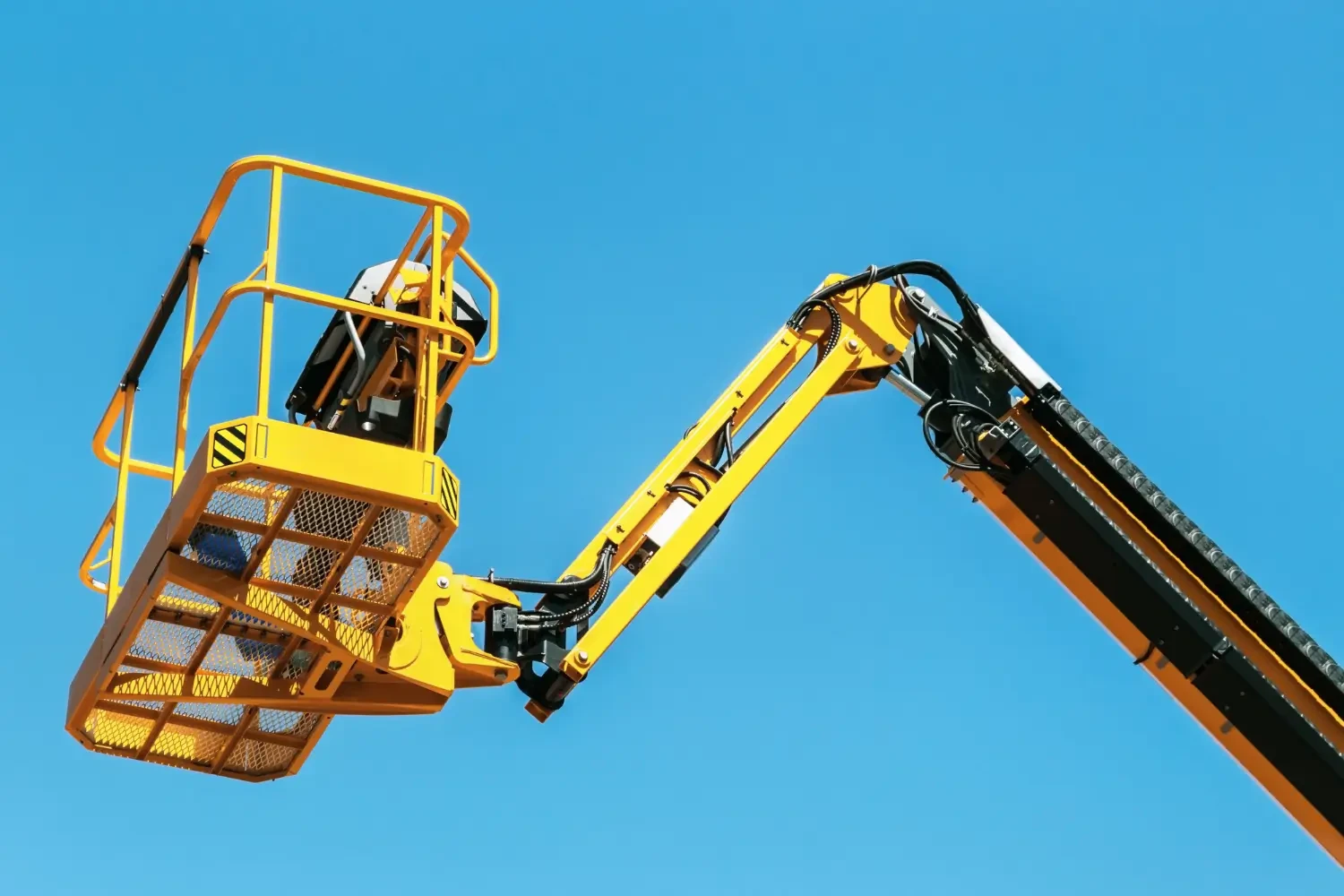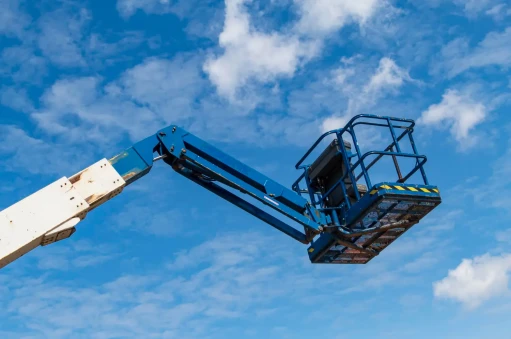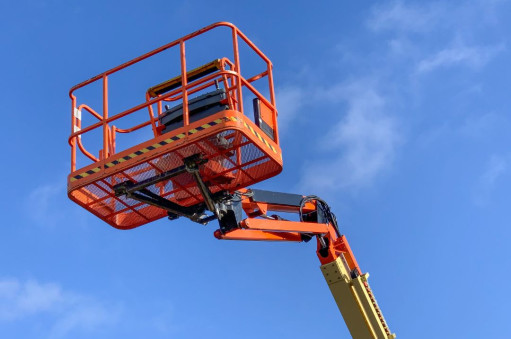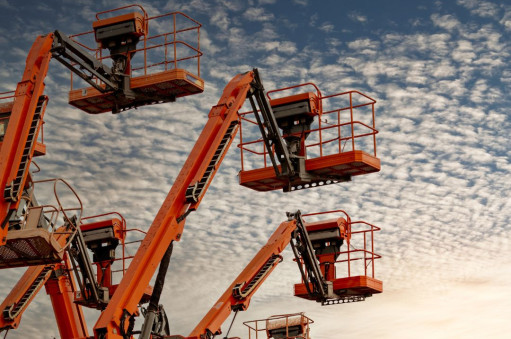
A Mobile Elevated Work Platform (MEWP) is a type of mechanised access equipment designed to lift people, tools, and materials to high or hard-to-reach areas safely. MEWPs are widely used across various industries, including construction, building maintenance, warehousing, event production, and utility work. They provide a more flexible, efficient, and safer alternative to traditional scaffolding and ladders for working at height.
Whether you're working on building repairs, electrical installations, or tree surgery, understanding the different types of MEWPs, their specific applications, and safety requirements is essential. This guide will provide a detailed breakdown of MEWPs, compare them to other aerial work platforms, and explain why hiring a MEWP is often the most cost-effective and practical solution.
A MEWP (Mobile Elevated Work Platform) is a self-propelled or vehicle-mounted lifting system designed to provide temporary access to high work areas. MEWPs are equipped with a secure working platform or basket, supported by either a hydraulic or electric lifting arm that extends vertically or horizontally. These platforms can be operated from within the basket or from ground level, depending on the model.
MEWPs are used to safely elevate workers, enabling them to carry out installation, repair, and maintenance tasks at height while reducing the risks associated with ladders and fixed scaffolding. Their mobility and ease of use make them a preferred choice for various industries.
Unlike static scaffolding, MEWPs offer quick deployment, adjustable height, and easy manoeuvrability, making them an efficient solution for high-access jobs.
MEWPs come in various designs, each suited to different tasks and environments. Choosing the right MEWP depends on factors such as working height, outreach, terrain conditions, and project type.
These MEWPs feature multiple pivot points, allowing the boom to bend and navigate around obstacles. They are ideal for:
Also known as straight boom lifts, these MEWPs feature a single extendable arm that offers maximum outreach and height. They are best suited for:
Scissor lifts move vertically only, using a crisscrossing mechanism to elevate the platform. They are commonly used for:
These MEWPs are mounted on vehicles for easy transport and quick deployment. They are commonly used for:
Spider lifts are compact, lightweight MEWPs with extendable legs for stability. They are ideal for:
MEWPs are widely used in various industries due to their efficiency, mobility, and safety. Here are some of their most common applications:
MEWPs are often compared to other aerial work platforms (AWPs), such as cherry pickers and scaffolding. Here’s how they differ:
|
Feature |
MEWP |
Cherry Picker |
Scissor Lift |
Scaffolding |
|
Mobility |
High |
High |
Limited |
Static |
|
Reach |
Vertical & horizontal |
Vertical & horizontal |
Vertical only |
Static vertical |
|
Setup Time |
Quick |
Quick |
Quick |
Slow (assembly required) |
|
Stability |
High |
High |
Very high |
Moderate |
|
Operator Required |
Yes |
Yes |
Yes |
No |
MEWPs provide greater flexibility than scaffolding and better manoeuvrability than scissor lifts, making them an ideal choice for high-access jobs requiring mobility and stability.
Working with MEWPs requires adherence to strict health and safety regulations. Some of the key considerations include:
Additionally, operators must wear Personal Protective Equipment (PPE), such as harnesses, helmets, gloves, and safety boots, to comply with industry standards.
For most businesses, hiring a MEWP is more practical than purchasing one outright. Here’s what to consider:
Hiring a MEWP offers several advantages:
✅ Cost-Effective – Avoid large capital investment.
✅ Access to the Latest Equipment – Ensures compliance with safety regulations.
✅ No Maintenance or Storage Costs – The hire company takes care of servicing and upkeep.
✅ Flexible Rental Options – Adapt equipment to specific job requirements.
✅ Compliance & Safety Assurance – Rented MEWPs are regularly inspected and certified.
MEWPs are an essential tool for working at height safely and efficiently across various industries. Whether you need a boom lift, scissor lift, or truck-mounted platform, hiring a MEWP offers flexibility, mobility, and cost-effectiveness for any project requiring elevated access.
If you're considering MEWP hire, ensure that operators are IPAF-certified, check local safety regulations, and choose the right platform for your project’s needs. Contact Cherry Picker Fast for all your MEWP information & hire needs.




